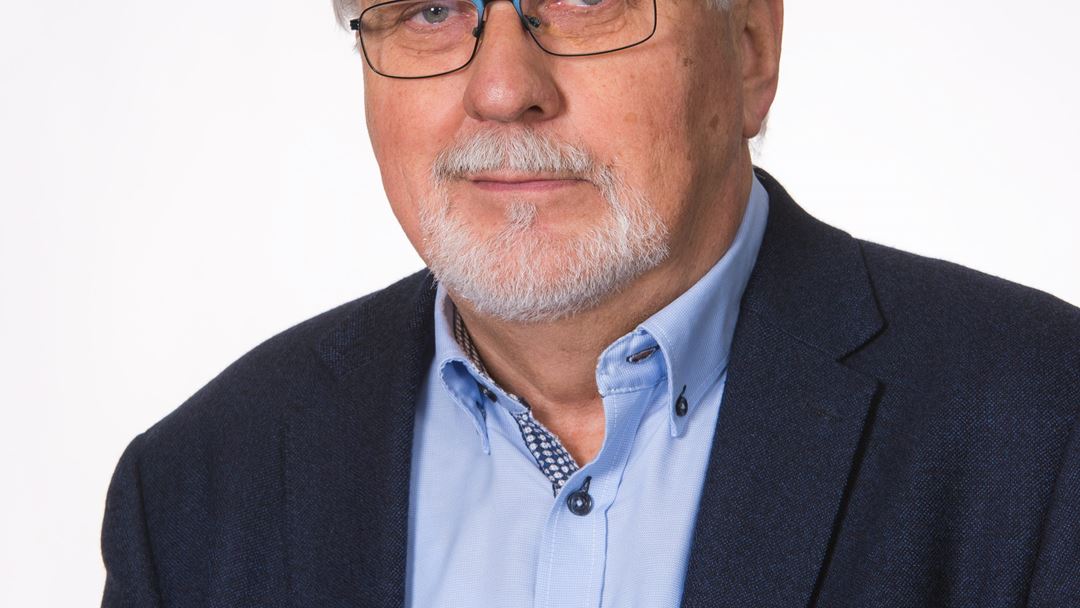“Measures to achieve better quality of life and active healthy aging”
On behalf of The International Society for Gerontechnology it was a great pleasure to welcome you to the ISG's 12th World Conference of Gerontechnology in the historic city of Trondheim, Norway, October 6-9, 2020. Unfortunately, we got the COVID-19 Pandemic, and we had to change into a virtual conference, but we hope you will have the opportunity to visit our city at a later stage. We therefore keep our short description of Trondheim on this page.
The name Trondheim derives from the old Norse Þróndheimr, meaning home of the strong and fertile ones. The city was founded by Viking King Olav Tryggvason in AD 997, and it occupies a special place in Norwegian culture and history. Trondheim was the nation's first capital, and it continues to be the coronation city where Norway's kings from Harald Hårfagre ("Fairhair" ) (872–933) to King Harald V (1991 -) have been hailed, crowned and blessed.
In its history the city was and is now again a popular destination for pilgrimages. Trondheim is also an ecclesiastical centre, a regional capital, a centre for industry and commerce, and an important education and research centre. After a catastrophic fire in 1681 destroyed most of the houses in the city, Major Jean Caspar de Cicignon was brought to Trondheim (from Luxembourg) to design a new city plan in the Baroque style. The streets were made wide to prevent fires from spreading. Some of the narrow alleys and narrow streets, many originating in the Middle Ages, nevertheless still exist, contrasting with Cicignon's wide boulevards from the 1600s. Even today Trondheim is spoken of as one of the typical wooden cities of Europe, and the city centre has many special wooden buildings, some built as far back as the 1700s. Trondheim also has many beautiful Art Nouveau buildings.
Today Trondheim has a small but steadily increasing population of under 400,000 within the region, and about 200,000 in the city, Trondheim is home to Norway’s largest university, NTNU, and Scandinavia’s largest private research organisation, SINTEF. This translates into a dynamic citizen population where one in five inhabitants are registered students and one in seven inhabitants work within the knowledge and innovation sectors, heavily focussed on green technology.
With a public sector that incorporates new innovative services from the cradle to the grave and augments democracy by partnering with the private sector, academia and civil society, making it an effective quadruple-helix model city.
These considerations, along with a driven provincial and municipal government which have signed Europe’s most comprehensive Municipality-City collaboration agreement (University-City 3.0 Agreement), provides the ultimate premise for an interactive living lab. Students, researchers and citizens alike are encouraged and willing to test their ideas and co-create methodology to mitigate global challenges, using Trondheim as a starting arena. The role of the University municipality TRD3.0 is to develop a model for innovation and conversion in the public sector through research, innovation, education and participation in development projects of strategic importance for the public sector.
Based on the above, we are proud to host ISG 2020.
Kind regards,
Espen H. Aspnes
Vice President of ISG & Chair of ISG 2020

